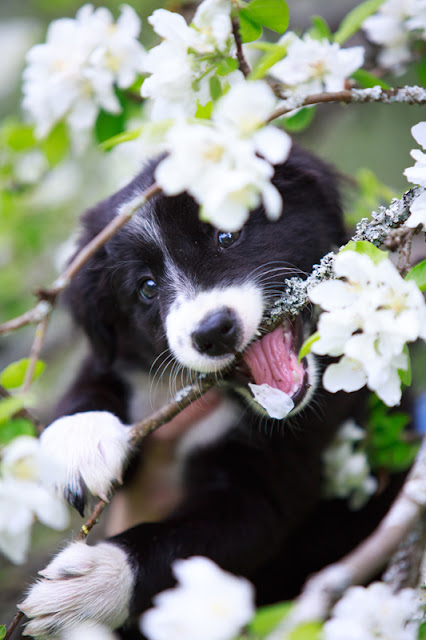Best Friends of Companion Animal Psychology
Share a photo of your happy pet for a chance to win a Companion Animal Psychology mug.
Companion Animal Psychology just turned five! As I said in that post, one of the best things about this blog is the community of people who read, share and support it.
Several recent posts have shown photos of happy dogs who are friends of Companion Animal Psychology.
This time, it’s over to you to join the celebrations by sharing a photo of your contented pet.
One person will win a Companion Animal Psychology anniversary bone china mug.
Click the link-up and follow the instructions to add your photo. The winning photo will be published on the blog and shared on social media when the winner is announced. More details are below.
The photo link-up is open until 4pm Pacific Time on Friday 14th April.
To add a photo of your pet, click the link and follow the instructions. You will have to supply an email address but this will only be used if necessary to communicate with you about the photos. You will not be subscribed to any email lists. (Click here to subscribe to Companion Animal Psychology; or read the privacy policy).
Please include your pet’s name. You have up to 50 characters if you wish to say something about your pet (e.g. “Bodger loves snow”).
The winning photo will be published on the blog and shared on social media when the winner is announced. By taking part, you consent for this to happen if your photo wins.
Only two entries per person. If you change your mind, you may delete your photo at any time. You must have copyright of the photo.
Photos are moderated so you may have to wait for yours to appear. Photos are displayed in a random order, so if you submit two photos, they may not appear together.
I have recruited an independent judge to choose the winner. The judge’s decision is final and no correspondence will be entered into.
The winner will be sent an email to request their postal address to send the mug to. In the event that the winner does not respond to this email within 7 days, they will forfeit the mug and another winner will be chosen.
Companion Animal Psychology supports the humane treatment of animals and photos showing prong, choke or shock collars are not permitted.
Companion Animal Psychology just turned five! As I said in that post, one of the best things about this blog is the community of people who read, share and support it.
Several recent posts have shown photos of happy dogs who are friends of Companion Animal Psychology.
This time, it’s over to you to join the celebrations by sharing a photo of your contented pet.
One person will win a Companion Animal Psychology anniversary bone china mug.
Click the link-up and follow the instructions to add your photo. The winning photo will be published on the blog and shared on social media when the winner is announced. More details are below.
The photo link-up is open until 4pm Pacific Time on Friday 14th April.
To add a photo of your pet, click the link and follow the instructions. You will have to supply an email address but this will only be used if necessary to communicate with you about the photos. You will not be subscribed to any email lists. (Click here to subscribe to Companion Animal Psychology; or read the privacy policy).
Please include your pet’s name. You have up to 50 characters if you wish to say something about your pet (e.g. “Bodger loves snow”).
The winning photo will be published on the blog and shared on social media when the winner is announced. By taking part, you consent for this to happen if your photo wins.
Only two entries per person. If you change your mind, you may delete your photo at any time. You must have copyright of the photo.
Photos are moderated so you may have to wait for yours to appear. Photos are displayed in a random order, so if you submit two photos, they may not appear together.
I have recruited an independent judge to choose the winner. The judge’s decision is final and no correspondence will be entered into.
The winner will be sent an email to request their postal address to send the mug to. In the event that the winner does not respond to this email within 7 days, they will forfeit the mug and another winner will be chosen.
Companion Animal Psychology supports the humane treatment of animals and photos showing prong, choke or shock collars are not permitted.
 |
| Photo: Africa Studio (Shutterstock.com) |





































